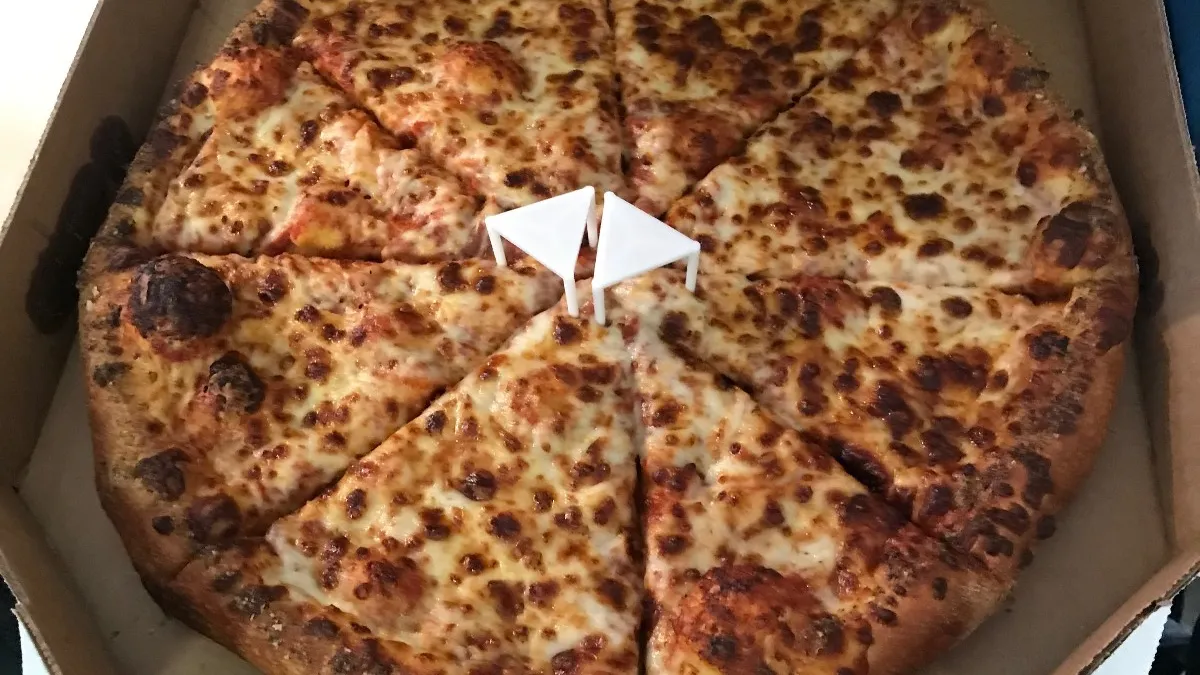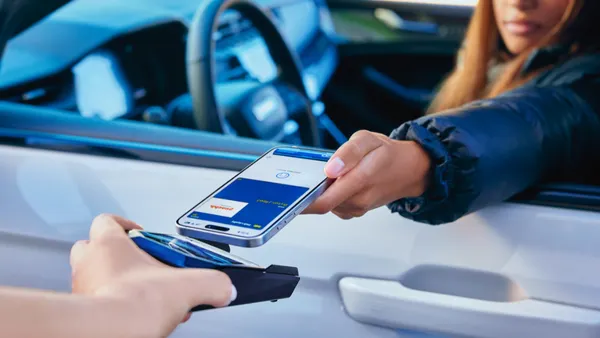Dive Brief:
- Domino’s is dabbling in cashless payments at five store locations in Australia, a move meant to cut lines and reduce wait times, Endgadget reports.
- Customers can pay with a card, contactless payments like Apple Pay, PayPal, or Instagift cards either in-store or during delivery.
- Only one-fifth of Australians like to pay with cash during purchases, according to an Australian Taxation Office study.
Dive Insight:
Cashless stores seemed like a futuristic concept long ago, but they are becoming more prominent and not everyone is happy about it. Philadelphia became the first city to ban cashless payments on the basis that they discriminate against residents without the financial means to have a bank account. San Francisco followed suit alongside New Jersey.
Sweetgreen recently announced that it will start accepting cash payments after more than two years of denying them following the Philly ban, despite only 5% of its customers paying in cash.Shake Shack, on the other hand, is going strong on its cashless kiosk concepts, while McDonald’s is testing similar technology in-store to speed up the ordering process.
Some countries, however, are going full steam ahead on scrapping cash. Canada was recently declared the leading country in the world when it comes to embracing a cashless existence, and the Bank of Canada reports that its unbanked population “is very small.” Meanwhile, China is striving to be a leader in transitioning to a cashless economy, with mobile payments hitting a staggering $9 trillion a year. Cash is no longer accepted on public transport systems in the U.K.
Cashless payments appeal to businesses in large metropolitan cities where crime may be a more common incident. No cash means that robbers have less incentive to smash windows, while customers may feel less threatened if they aren’t having to carry around cash to make payments. Cashless economies also disincentive people from attempting to make counterfeit money.
Cashless systems have also proven appealing to QSR chains, particularly when integrated into an app that allows the user to place orders, accrue loyalty points and more. Starbucks has spearheaded this effort, with its 20 million user-strong app named the most popular proximity payment platform in the US.
Still, a recent study revealed that 55% of U.S. mobile users hate the idea of living a life without cash. There is greater willingness to go cashless among younger generations, with 22% of users under the age of 40 reporting that they make mobile payments on a daily basis.









